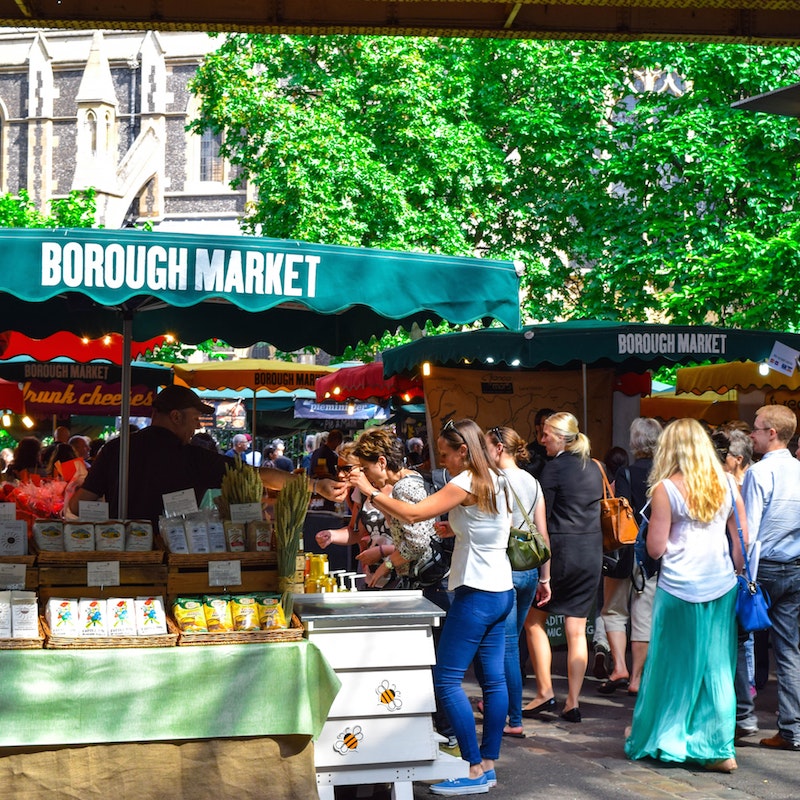
It’s no surprise that Pop-Ups have been a hot trend in recent years—they open and close all within a couple of days, speaking to the changing tastes of new generations.
Pop-Ups are also a lot like events; they have definite start and end times, require renting out space, and bring people together.
Coming from humble beginnings, Pop-Ups have exploded into a legitimate and favorable business strategy that many brands are flocking to.
Why Pop-Ups are Great
Three simple words can accurately summarize this: flexibility, growth, and experimentation.
Brands have the flexibility to test out a location and products and quickly adjust their plan to how people are responding. Consumer relationships and brand loyalty are easily cultivated while brands can roll out new products and play around with strategies.
If you’ve been toying with the idea of hosting your own Pop-Ups, keep our tried-and-true methods at the forefront when considering a Pop-Up strategy for your brand.
1. Choose a Theme
This is the first and most important step as it will trigger a domino effect in the rest of your Pop-Up planning. You want to choose something that resonates with your brand and won’t be confusing to consumers. Does the theme support what you want to sell? Take some time to consider this before moving forward.
2. Find the Right Venue
Location is critical, and it can truly make or break your event. Does it fit with your theme? Is there foot traffic or is it difficult to get to? Once you consider the location ensure that you have all the proper permits and licenses (especially if you plan to distribute alcohol or food).
3. Market
Now the fun part. In marketing your Pop-Up, you want to appeal to consumers and show them why they must come to your event and skip out on your competitors. You can leverage exclusivity and urgency thanks to Pop-Ups limited time constraints.
Your social media approach should be firing on all cylinders and get in some offline marketing by spreading the word and handing out discounts in the area where you will have the Pop-Up.
4. Prepare to Sell
When it comes to selling there are 2 categories to consider: selling spots/reservations and physical items.
If you’re selling spots be sure to keep it organized and easy. Look to use online tools like event registration sites.
When it comes to selling physical items, your products, get a mobile POS like Square to accept any credit or debit cards. With your POS, you’ll need to make sure that you have steady and reliable WiFi, or at the least access to a 3G/LTE network.
5. Follow Up
Offer discounts in exchange for customers’ e-mail addresses and use that to start a client list. Definitely, reach out after the event and get feedback from consumers while keeping them in the loop for future events.
We Can Help
Need some help with launching an experiential marketing program? Leverage our 20+ years of experience and expertise in creating impactful, successful programs.
Contact us — we’re here to help!
